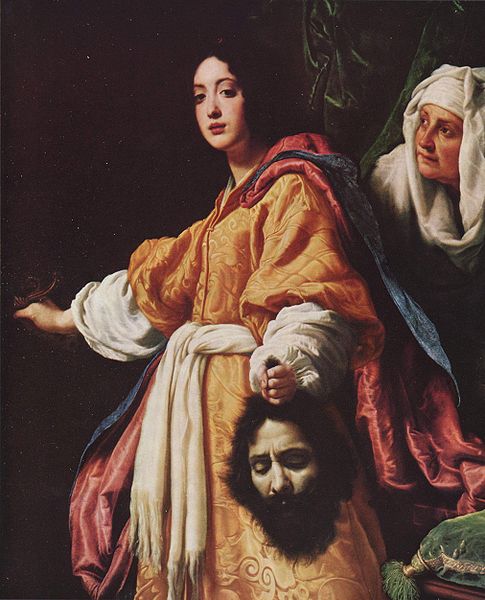Valentine’s Day is almost here. Find inspiration in some works of art depicting love and devotion!
One way to search for these works in ARTstor: subject headings. Here is a short list of the possibilities. Some of our favorite artists and titles from each search are included as well.
Heart in art: Fluttering Hearts, Cover of Cahiers d’Art XI No. 1-2 by Marcel Duchamp; Felt Heart by A.R. Penck
Love: Vow to Love by Jean-Honoré Fragonard; Pygmalion and Galatea by Jean-Léon Gérôme
Flowers: Flower with Glasses by Mark Grotjahn; Maresias by Beatriz Milhazes
Cupid (Roman deity): Apollo, Cupid and Dancing Putti by Jacopo Palma Giovane; Lady Standing at the Virginal by Jan Vermeer
Kissing: Intimacy by Eugène Carrière; The Kiss by Roy Lichtenstein
Not a fan of Valentine’s Day? You could try these subject headings instead:
Lovesickness: Young Lover and His Servant by a follower of Giorgione; Love Suicides at Sonezaki by Chikamatsu Monzaemon
Despair: Despair by Edvard Munch; Study for ‘Oath of Horatii’ by Jacques-Louis David
Crying: Mask Representing a Female Ancestor by an unknown artist; Weeping Woman by Pablo Picasso
But wait! Just because you don’t like Valentine’s Day doesn’t mean you’re unhappy…
Smiling in art: Face by Okamoto Taro; Kiki with Moss by Takashi Murakami
You can also search for these artists or titles as keywords. Enjoy!



